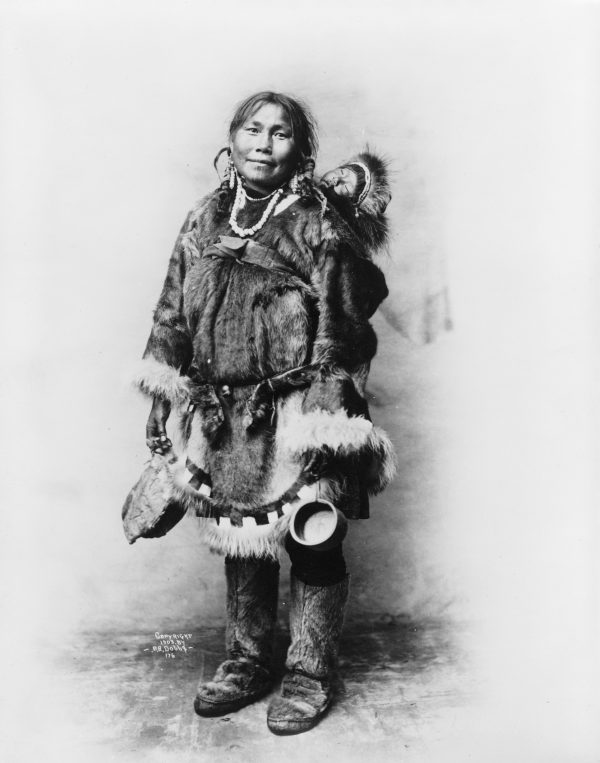Homeschooling in the Nineties, Part 2 — Traditional Education of Alaska’s Inuit People
The next section of the lesson “Homeschooling in the Nineties” illustrates a point from the first section. That point is this: parents teaching their own children has been the normal way for most people for most of world history.
For my example, I tell about the traditional way that Alaska’s Inuit people trained their children.
♥ ♥ ♥ ♥ ♥ ♥ ♥
Wise parents pass along the knowledge and wisdom learned in their own and previous generations to the children of the next generation—and wise children learn what those wise parents teach. Wise parents also make sure that their children have a wide circle of other well-chosen wise adults to learn from as well.
The Inuit people of Alaska are an example of a group of Americans who succeeded in educating their own children before their children began going to public schools. The Inuit thrived in their environment by passing skills learned in one generation down to the children of the next.

Inuit children learned first by watching what their parents did. They also learned by listening to stories their parents and elders told. In stories about hunting and other activities, children learned about duties that would some day be theirs. As a child listened, he imagined. When the time came for him to use the skills he had heard about and watched, he had already thought about the skills a great deal. The stories taught not only about what adults do, but also about the attitudes they had while they worked.
Inuits also used praise in their child training. When a young boy killed his first ptarmigan or rabbit, his parents told him to give it to his oldest female relative, perhaps his grandmother or great-grandmother. The relative praised him for his fine catch. The boy then went to the homes of his relatives and friends to invite them to a feast. Together the women of his village prepared a great feast with many dishes. They made the little ptarmigan or rabbit into a stew, which would serve as the main dish. As the community ate the feast, they praised the young hunter and his catch. In this way, the boy learned about sharing and hard work. He learned that what he did had a great impact on his family and community. He learned that he must take responsibility seriously. If he was not responsible, he could hurt those he loved.
The Inuit child was not the only person watching and listening. Adults in his or her life were watching and listening, too. When they could tell that the child was ready to practice a skill he would need one day, they invited the child to accompany them in a task. This practice is different from the modern education approach that says that every child should learn to read or learn the multiplication tables at a specific age. An Inuit boy or girl began to practice a skill when adults who loved him or her saw that the time was right.
Watching, listening, receiving praise, and practicing. This is how Inuit children learned.
♥ ♥ ♥ ♥ ♥ ♥ ♥
Granted those Inuit parents were training children to survive and thrive in the challenging Arctic environment, but watching, listening, receiving praise, and practicing works in training the whole child in heart, soul, mind, and strength, too.
As wise King Solomon told his son in Proverbs:
Listen to your father, who fathered you,
And do not despise your mother when she is old.
Proverbs 23 :22
And as Paul told the Philippians:
As for the things you have learned and received
and heard and seen in me,
practice these things, and the God of peace will be with you.
Philippians 4:9

